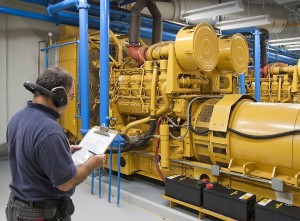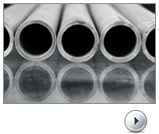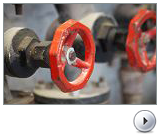How Does a Water Pressure Gauge Work?
 A water pressure gauge is a component of a fluid flow system that measures the pressure of the water at any given point within the system. A fluid flow system may consist of one or several gauges, as the pressure is regulated differently at different points in the system. It is a relatively simple device that has been used for more than a century with the same basic design.
A water pressure gauge is a component of a fluid flow system that measures the pressure of the water at any given point within the system. A fluid flow system may consist of one or several gauges, as the pressure is regulated differently at different points in the system. It is a relatively simple device that has been used for more than a century with the same basic design.
Inside of the water pressure gauge is a lever or spring system, which is positioned over the valve where the gauge is attached to the pipe or fitting. Water from the system flows through the valve and presses against the spring or lever system causing it to move up or down, depending on the pressure. The displacement of this valve is what causes the needle to spin and give you a reading of the pressure at that moment.
Digital water pressure gauges have a somewhat similar design. However, if the gauge uses a lever, it will be positioned parallel to another electrical current conductor. If it uses a spring, the spring will be coiled around another conductor. Then, when the lever or spring is displaced, instead of causing a needle to spin, it causes a change in the electrical field between itself and the conductor which is measured by a microprocessor and displayed as a numerical value on a screen.
If you would like to know more about different water pressure gauge products, contact Florida Industrial Products today and speak with one of our knowledgeable product specialists.


















